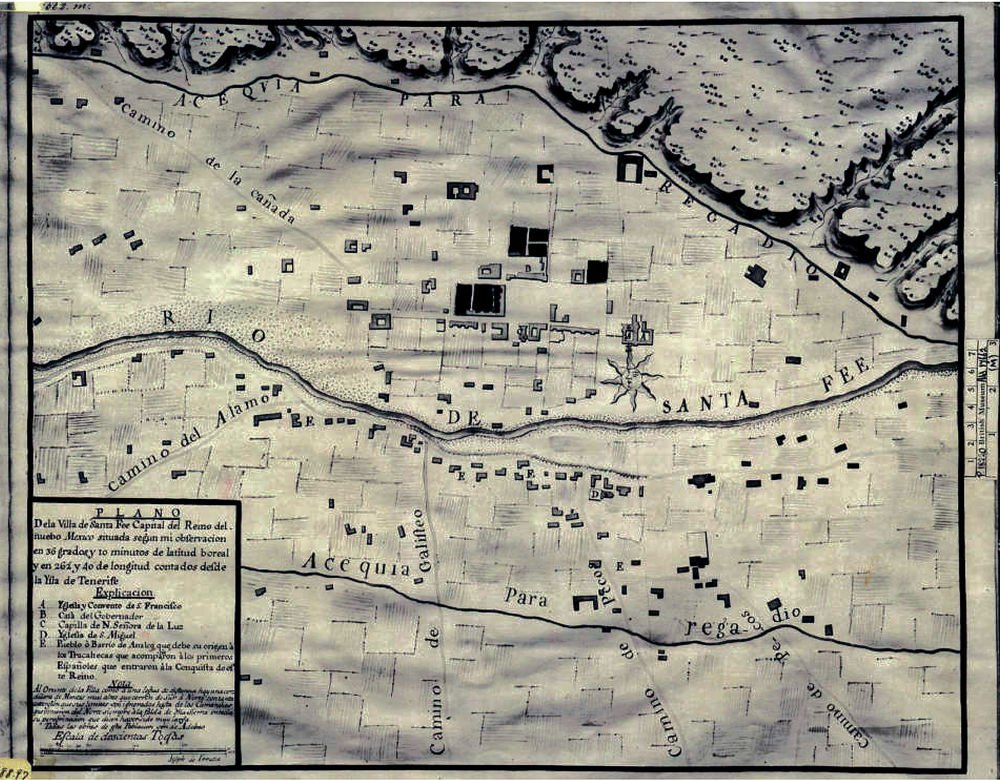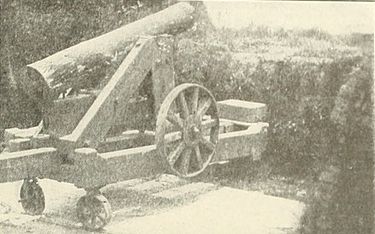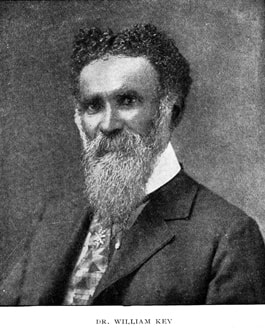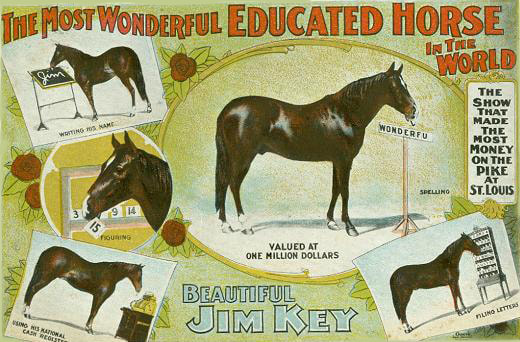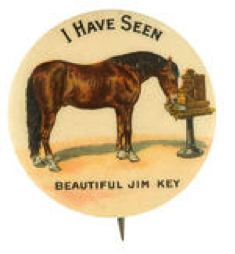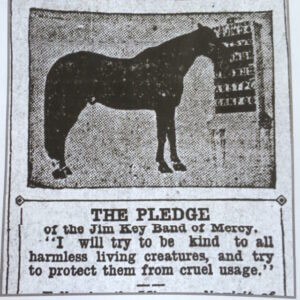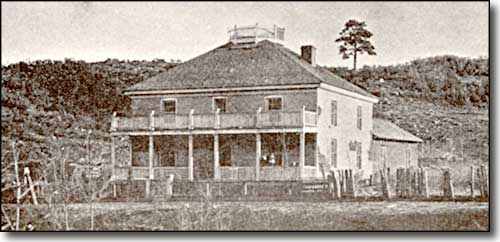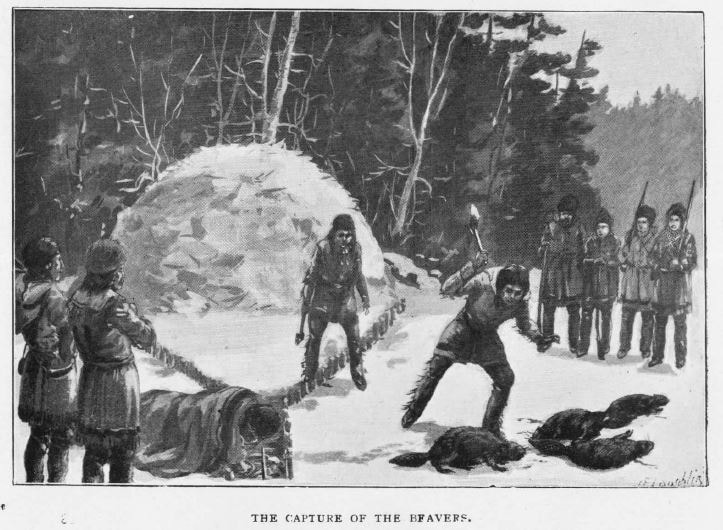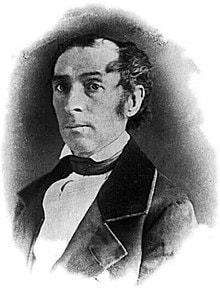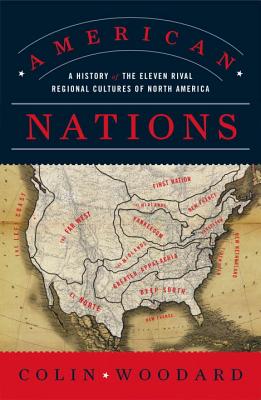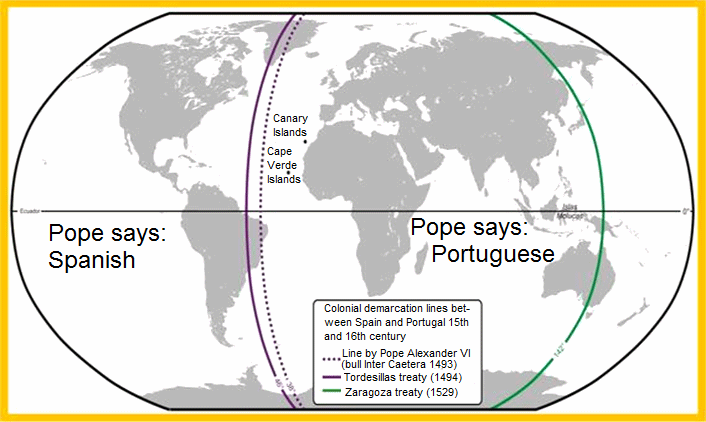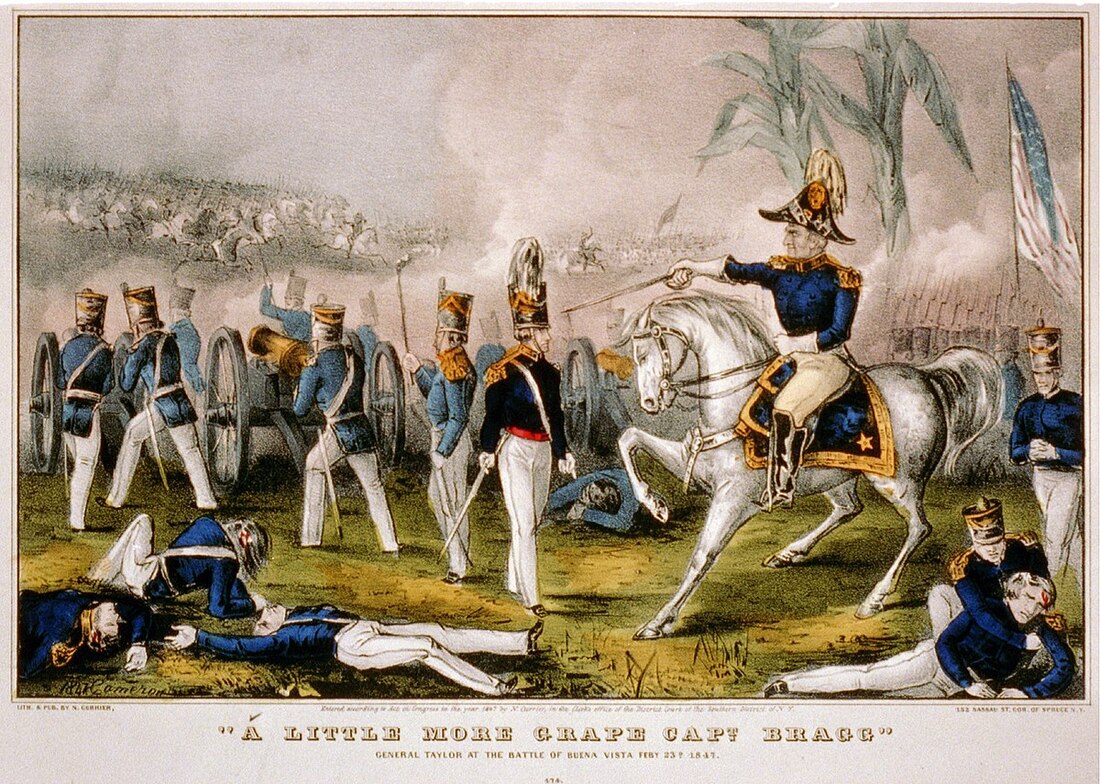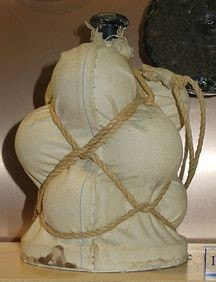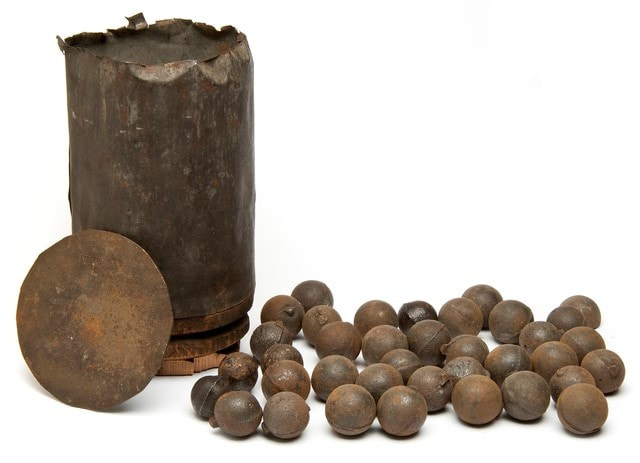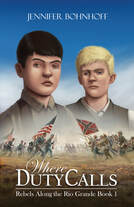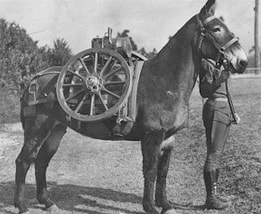Don Pedro de Peralta established Santa Fe in 1610, when he moved New Mexico’s capital south from San Juan de los Caballeros, near the modern city of Española. The site he chose was on the north side of the Santa Fe River. As was common in that period, Peralta built a rectangular set of buildings that faced inward toward a central plaza. This plan resulted in the Palace of the Governors and the city plaza, both of which remain at the center of Santa Fe. The Palace of the Governors is the oldest public building in the continental United States that was constructed by European settlers and has been in continuous use.
 Spanish/Tlaxcalan Contract
Spanish/Tlaxcalan Contract The Tlaxcalans lived east of Mexico City, in what is now the state of Tlaxcala. They had never been conquered by the Aztecs. They spoke Nahuatl. In 1521, they allied themselves with Cortes to defeat the Aztecs. Afterwards, those Tlaxcalans who agreed to settle in the north were given the right to live in their own neighborhoods (barrios), free from tributes, taxes, and personal service. To protect the Tlaxcalans, Spaniards were not allowed to buy their property. Unlike other Native Americans, Tlaxcalans who went to the new settlements were permitted to carry arms and ride saddled horses without penalty. According to some sources, as many as 700 Tlaxcalans came north into New Mexico with Don Pedro de Peralta. The Barrio de Analco became the northernmost of the Tlaxcalan barrios.
 San Miguel Chapel
San Miguel Chapel Although the earliest surviving historical written record dates from 1628, it is likely that the Franciscans who accompanied Peralta began designing and supervising the construction of the San Miguel Chapel in the Barrio de Analco soon after they arrived in 1610. Archaeologists say that its foundations were laid directly over an early Pueblo settlement that existed between 800 and 1300 CE. In addition to serving the Tlaxcalans, the chapel was used by the Spanish middle class, which consisted of laborers, artisans, tradesmen, and farmers. Spanish soldiers also attended mass in the chapel.
 The Retablo, 1798
The Retablo, 1798 
